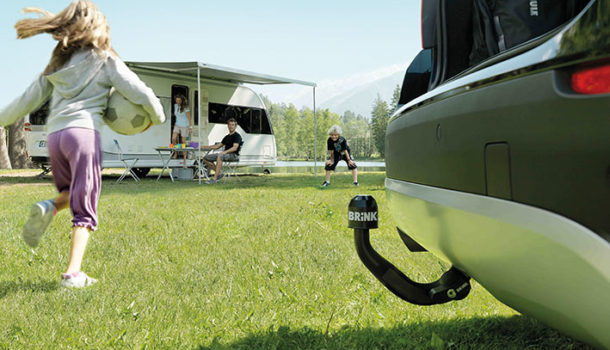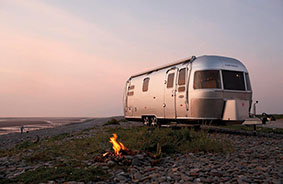Brink Towing Systems, formerly Thule Towing Systems, reminds us there is more to towing a caravan or trailer than just hooking up and heading out
It is business as usual at Brink Towing Systems. The leading manufacturer and distributor of high-quality towing solutions is enjoying a seamless transition from its former ownership arrangement to its new status as the local arm of global tow-bar giant Brink Group.
The Brink Group has been providing innovative towing solutions for more than a century. That legacy continues, whether the Dutch industry leader is working closely with manufacturers from an early stage of vehicle design and development or serving the after-market sector. In Europe, more than 25 million cars have been fitted with a Brink product. Here in South Africa, in addition to providing the likes of Ford, Toyota and General Motors with thousands of tow bars for OE (original equipment) fitments, the local division of Brink has access to 2 500 different designs, available at fitment centres all across the country.
Brink, with its unwavering focus on engineering excellence, is continually innovating: there are always refinements, improvements and new products in the pipeline. Among the high-tech solutions are an electrically operated retractable tow bar and a detachable vertical model that fits under the vehicles’s rear valance, doing away with the need to modify the bumper.
But, irrespective of what revolutionary new concepts are conceived in the fertile minds of Brink’s research team, the basic design excellence of every Brink product is unquestionable.
Every tow-bar model built locally must undergo an SABS-specific test, requiring it to endure two million cycles working against a hydraulic ram simulating the load exerted in normal usage.
Brink’s in-house trials, however, far exceed this specification: the brand’s tow bars are tested to destruction on sophisticated three dimensional test beds. Excessive? Not when it comes to ensuring top quality, every time.
Missing link
While a tow bar can be dismissed as just a mechanical device used to attach a trailer to a car, it has the potential to become an integral part of the vehicle. For example, did you know that an increasing number of vehicles are fitted with trailer-recognition software that alters many of their electronic systems when it senses a trailer? This includes changes to braking, stability and cooling systems.
Therefore, using a universal wiring harness instead of a vehicle-specific one means you may not get the most out of your vehicle’s safety system. It could also possibly necessitate expensive intervention by an auto electrician to reset dashboard lights and override error codes. And a generic harness won’t necessarily save you money upfront either. In many cases, the vehicle-specific harness is, in fact, cheaper than the universal item. So, don’t just ask your fitment centre to supply a genuine Brink tow bar, ensure it uses the correct wiring harness too.
Testing, testing…
As with your cellphone and laptop, it is possible to update your car’s software. Brink Group has formed a partnership with JifeLine, which specialises in the remote accessing of vehicle electronic systems for diagnostic and programming uses. This technology allows a technician thousands of kilometres away to utilise a dedicated device to access information and rectify a fault. With regards to tow bars, this will in future enable installers to fit a new unit, confirm a ‘handshake’ with the car and verify that all systems are working correctly.
Towing these holidays?
If you will be on the road with a trailer, caravan or boat, consider the following:
• The GVM (gross vehicle mass) of the towed vehicle may not exceed the tare of the towing vehicle. Besides the GVM, you should also take the contents of the towed vehicle into account.
• Tyre pressure is critical: pay attention to manufacturer recommendations.
• When the trailer is hitched, it should be level with the car or, better, slightly nose-down. It should never be nose-high at the tow ball.
• The vertical load on the tow ball should ideally be between 45 and 75 kg (never more than the legally allowed maximum of 100 kg). You can use a bathroom scale to check this.
• Reduce your speed and adjust your headlights to account for the trailer.
• If your trailer has been standing since last December’s trip, be sure to check it thoroughly before hitching up.
Shopping for a tow bar? Ask for Brink to ensure you get the perfect fit. Looking for advice on towing? Give Brink Towing Systems a call on 0860 184 853 or visit www.thuletowingsystems.co.za.
Photography Brink Towing Systems
(This article was first published in the summer 2014/2015 issue of AA traveller magazine)





